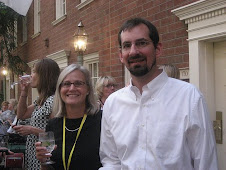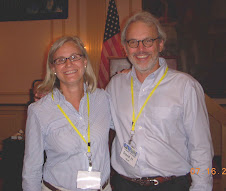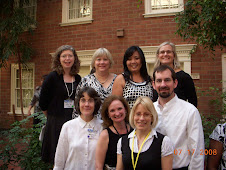In preparation for the sophomore state reading test, Chemistry Teachers Chad Nyberg, Dana Weiland and Mike Roddy used some NUA strategies in a lesson as part of the introduction to the heavy metals unit.
The lesson began with an anticipation guide listing statements that would be discovered in the readings that day. The lesson involved four articles for a group jigsaw, so a few statements were made from each reading. Upon reflection, however, the cumulative amount of statements was too large for the time allowed. Around five statements total would have proven sufficient to start the discussion of the impact of heavy metals on people's health.
After the students shared a few responses to anticipation guide statements, they formed groups of four, and each student read a different article. Two articles were on lead poisoning, and two were on mercury poisoning. As students read their assigned article, they completed a 4-Square writing that required the students to find three main ideas and supporting details for each main idea. The fourth square was where students recorded the author's purpose for writing the article. Although the fourth square is typically for a conclusion statement, we changed the box to purpose since we felt purpose was close to a student's final thoughts on an article and since the GRAD reading test often asks the question: What is the author's purpose.
After reading and writing about their articles, students shared the information with their groups, and then the groups re-visited their anticipation guides, discussing and correcting any of the statements.
The format for 4-Square Writing looks like this:








No comments:
Post a Comment